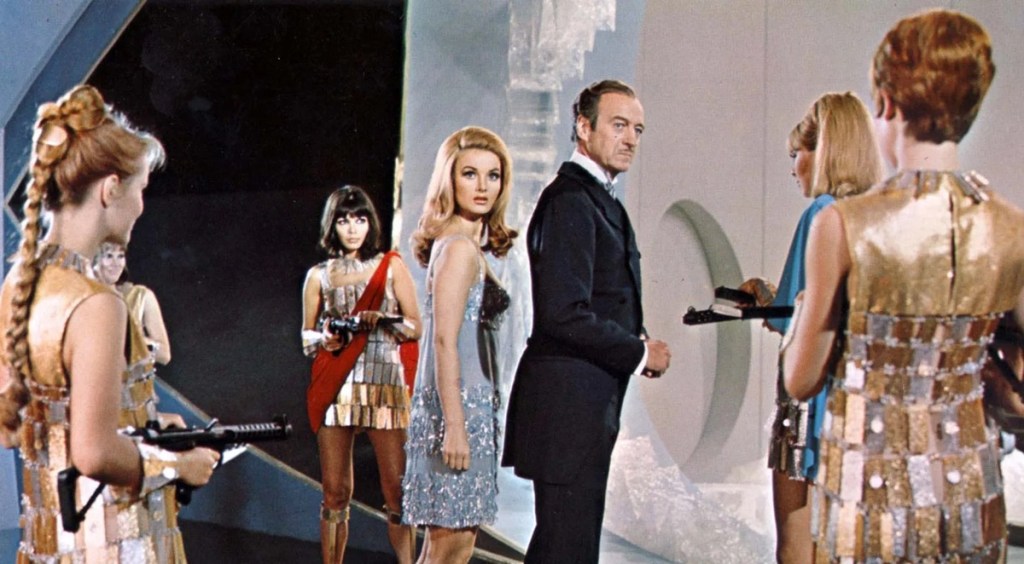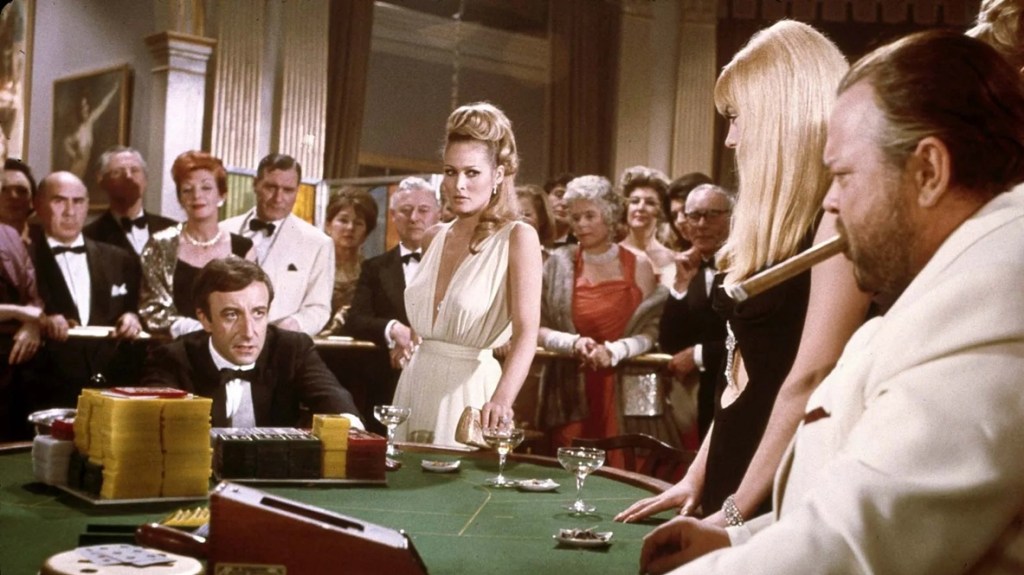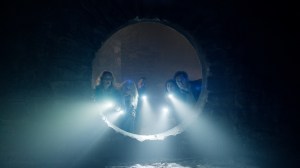In 2006, Martin Campbell’s Casino Royale launched the Daniel Craig era of James Bond and revitalized the character for the modern world. Over the next 15 years, Craig would headline four further Bond movies, each of which would exist firmly in the shadow of Casino Royale. Everything from Quantum of Solace to No Time to Die was trying its best to recapture that creative high of Casino Royale. Nearly two decades after its premiere, Casino Royale still looms so large over pop culture that it’ll undoubtedly influence in some capacity how new Bond producers David Heyman and Amy Pascal configure the next iteration of 007.
Videos by ComicBook.com
However, Ian Fleming’s 1953 James Bond novel Casino Royale didn’t wait over 50 years to get its first proper film adaptation. 49 years before Craig’s inaugural 007 outing, there was a star-studded Casino Royale adaptation that’s gone down in infamy in cinema history. The resulting production is unlike any other Bond film or really any other major motion picture out there.
What Was The Original Casino Royale Film?

Casino Royale’s very first live-action adaptation came about in 1954, when it was adapted as an episode of the CBS program Climax! The next time Casino Royale appeared with flesh-and-blood actors, it would be a much grander affair. The film rights to Casino Royale eventually landed with Gregory Ratoff in the mid-1950s and then Charles K. Feldman at the dawn of the 1960s. Much like how no toy company wanted to initially produce Toy Story toys or Steven Spielberg failing to sell E.T. to Walt Disney Pictures, it’s amusing in hindsight to recall how nearly every studio and producing team had no interest in producing James Bond movies. How would a British superspy resonate with global moviegoing audiences?
This reality meant that Feldman was able to hold onto the film rights to Casino Royale, which put him in a bizarrely prosperous position once Eon Productions and United Artists began producing hit Bond movies like Dr. No and Goldfinger. Now Feldman had a hot property on his hands. To help ensure the film version of Casino Royale was different from the main Bond movies and its imitators, this saga was contorted from its roots as a straightforward 007 adventure to a comedic parody of the Bond franchise. Thus, Casino Royale would “star” the likes of Peter Sellers and Woody Allen.
Casino Royale was molded after other mid-20th-century movies with expansive casts like Around the World in 80 Days and It’s a Mad, Mad, Mad, Mad World. This inspired a conceit that especially differentiates Casino Royale from other Bond movies: no one actor portrays 007 in this feature. Instead, a slew of different performers take on the James Bond moniker. Sellers, Ursula Andress, Joanna Pettet, Terrence Cooper, and others all appeared as Bond while Allen played “Jimmy Bond.” This bizarre choice epitomized both the “anything goes” comedic lunacy of Casino Royale and this title’s status as an anomaly in the larger Bond franchise.
[RELATED: Sean Connery’s Final James Bond Movie Isn’t Actually Canon (And It’s A Remake)]
How Did Casino Royale Go Over With Audiences?

Casino Royale can claim to be the only James Bond movie (to date) to feature elements like a flying saucer or the realm of Hell. It’s also the sole entry in this saga to contain appearences from cinema legends like John Huston and Orson Welles. This bizarre concoction was able to ride its star-studded cast and the voracious appetite 1960s audiences had for anything for 007 to a strong box office haul. Even though it was made way outside of the confines of the proper James Bond franchise (United Artists and Eon Productions had nothing to do with this boondoggle), audiences still showed up in droves.
Still, that wasn’t enough to prevent Casino Royale from garnering searing critical reviews. Its reputation hasn’t improved with time, with its qualities tied to 1960s pop culture (namely its excessive runtime for a comedy or cameos from then-modern stars) only growing more dated and inexplicable with each passing year. The fact that there’s an infinitely better James Bond movie out there with the same name has only exacerbated 1967’s Casino Royale’s descent into obscurity.
The far superior Bond spoof Austin Powers further negated Casino Royale’s value. Who needs to sit through this jaggedly ramshackle “spoof” when Dr. Evil exists? Casino Royale’s only real merits are now as a weird historical relic. Here’s a movie fully epitomizing the excesses of both 1960s major studio comedies and the initial fervor around the James Bond saga. Plus, Casino Royale’s earliest origins reflect how the Bond movies were once seen as a “risky” endeavor. That’s all quite compelling to consider, though it’s nowhere near transfixing enough to make the movie worth watching.
Casino Royale (1967) is now streaming on Tubi.








